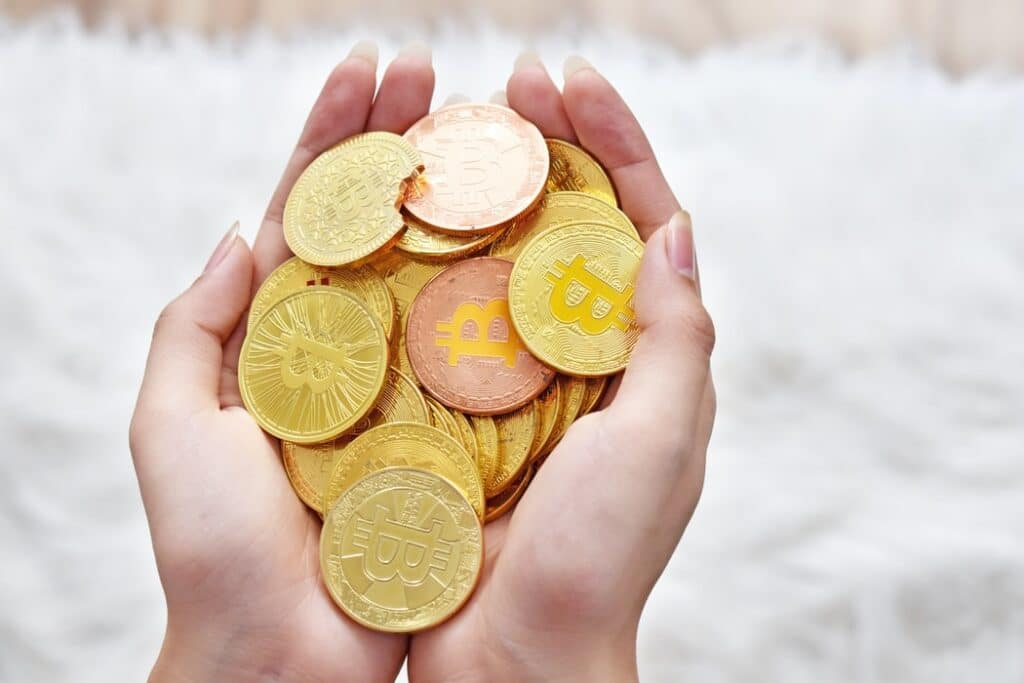Bitcoin has taken the world by storm. Over the past few months, the value of a single bitcoin has nearly doubled that of a brand-new Honda Accord. What’s more is the cryptocurrency shows no signs of slowing. Such rapid growth has led serious and amateur investors alike into a sort of feeding frenzy buying as much Bitcoin as possible. However, many of us are left scratching our head and asking, “What even is Bitcoin?”
The History of Bitcoin
In 2008, as the world was buckling down in the midst of the global housing crisis, Bitcoin was proposed by an individual using the pseudonym Satoshi Nakamoto (some believe this could have been a group as large as 11 people). The Idea was to create an alternative form of currency that would decentralize the economic power structure. This restructuring would prevent banks from being the authority on and individual’s financial portfolio and transaction ledger. Rather a global network would manage and verify the ledger of the whole. In theory this would protect from fraudulent activity like that of the banks the brought about the housing crisis.
One year after the release of the now infamous white paper that proposed the concept, Bitcoin was released as an open-source software. A user made the first Bitcoin transaction in January 2009. One year after that, the first commercial transaction was processed. A famous early adopter of the cryptocurrency purchased two Papa John’s pizzas for the price of 10,000 Bitcoin. The value of this order has since reached $468.1 million USD. That’s a pricey za.
Over the coming decade Bitcoin would consistently increase in value and slowly break into the investing mainstream. The currency would enjoy an incremental growth for much of the last ten years until exploding in value near the end of 2020. Today, there’s no shortage of articles outlining the next big predictions for Bitcoin or the top investment strategies involving cryptocurrency. All this history is helpful to understand how Bitcoin got to where it is today. But it still leaves the question: What is Bitcoin?
Bitcoin Explained
Bitcoin revolves around a public ledger known as blockchain. This ledger is a creative solution to remove the single source ledger system used in banking throughout history. Blockchain’s new open-source ledger system could provide for increased security for each transaction.
Let’s break this down. If you logged into your bank account right now you would be able to access your transaction detail. This document outlines all the transactions made within your account. In theory, with a little bit of savvy, you might be able to change the dollar amounts in this ledger to give your account a higher balance. Obviously, your bank doesn’t want you to do this, so they keep a master ledger. This is a ledger that is available only to the bank that serves as the measuring stick of accuracy for your personal transaction ledger. The bank ledger verifies that the account you give in your ledger is true.
Nakamoto used Blockchain due to a lack of trust in banks in the wake of the 2008 housing crash. The public maintains the global ledger within the Blockchain. This takes the power away from the banks and redistributes it to the public. You might be asking yourself, though, who is actually maintaining these ledgers? Great question, that leads us right into the wonderful world of Bitcoin mining!
Bitcoin Mining for Dummies
Bitcoin mining is the creative solution to the need for someone to confirm transactions in the Blockchain. Let’s quickly take a look at how it works and then look at why someone would want to spend their time mining.

A new block is created when a transaction is processed. The new block is considered an addition to the global ledger. This block however needs to be verified. So, a miner comes in and checks the block for accuracy and verifies it across the other blocks in the chain. The block is chained, or connected, to the next transaction in the ledger and details all the previous transactions in the chain only if it is deemed accurate. This process repeats exponentially creating a massive web of chained blocks creating a worldwide database of Bitcoin transactions.
It is incredibly important that there is someone who verifies these transactions. Even with sophisticated artificial intelligence this is a capital and energy intensive process. So why would anyone commit to keeping this record? This is where the genius of Nakamoto comes in to play.
The Reward for Mining Bitcoin
Embedded in the Blockchain is a system for rewarding users that verify blocks. For a new block to be verified it needs a proof-of-work. The proof-of-work verifies that computational power was used for a specified task. To obtain a proof-of-work a miner must find a number called a nonce. These are found by solving a fairly simple equation that is rather time consuming to solve. The first miner to correctly input the nonce value earns the block and gets the opportunity to verify that piece of the chain. Once verified, the miner earns a predefined amount of Bitcoin and a percentage of the transaction amount.
It’s not that simple though. There are so many miners out there and you only earn the reward for being the first to solve the equation. For this reason, speed is the name of the game. Over time miners have invested great deals of money into machines specially built to mine Bitcoin. It is possible for anyone to solve a block and earn the reward. However, it is hard to keep up with investors who have built warehouses full of mining rigs.
The rewards have changed overtime as well. Initially the reward for mining a single block was 50 Bitcoin, equivalent to $2.4 million USD today. Nakamoto scheduled the reward to halve every 3-5 years to keep Bitcoin inflation under control. Today the payout for successfully mining a block is 6.25 Bitcoin or $301,000 USD. The next halving is expected around 2024.
Conclusion
There is much more to discuss regarding the implications of such a currency, the various potential uses of Blockchain outside of crypto, and the uses of Bitcoin in the future. The best way to find out more about these topics is to watch or listen to this episode of Things I Learned Last Night.
Disclaimer. Things I Learned Last Night is not a group of financial advisors and we are not releasing this information as financial advice. We do not take responsibility for your investment decisions. This content is intended for educational and informational purposes only. Be safe and smart out there!
Related Episodes
Sources
Let us know what you think of this content!

